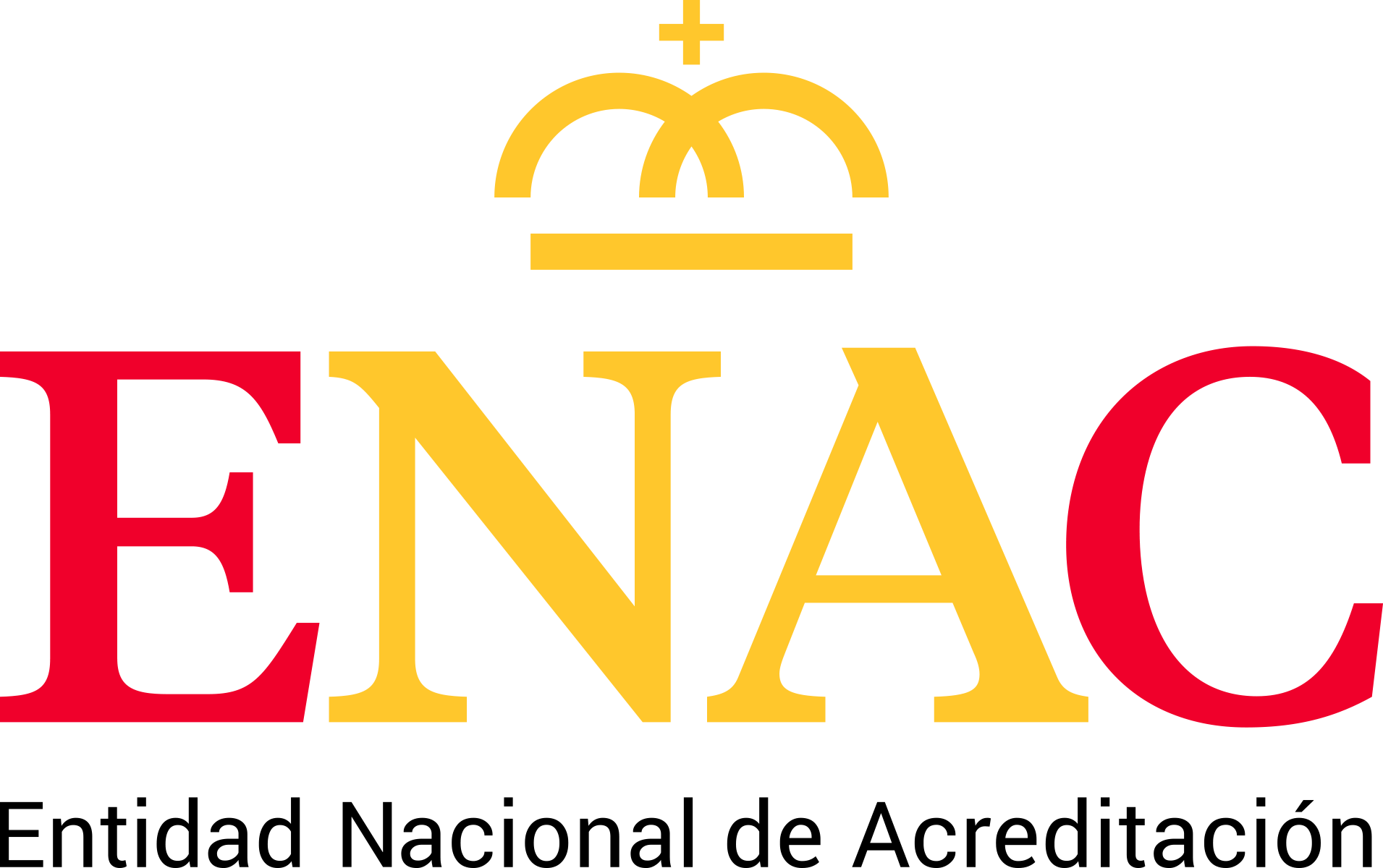The objective of validation and verification (V&V) activity is to confirm that certain information is reliable. It may be contained in statements, reports, logs, memories, etc. generally made by a company (but also by a group of people or other organisations).
Validating or verifying this information is carried out by obtaining and collecting objective testing or evidence that supports it. Such confirmation, depending on the temporal characteristic of the information, differentiates the terms "validation" and "verification”: Validation applies to information (declarations, reports, etc.) that refer to events with forward-looking use or a projected result (likelihood). Verification applies to information (declarations, reports, etc.) that refers to events that have already occurred or to results that have already been obtained (veracity).
The added value of these validation and verification activities is to provide the recipient of the information, such as administrations, consumers, schematic owners, manufacturers or other interested parties, with confidence in these statements or information.
However, in order to definitively achieve this trust, V&V services must demonstrate that they are competent for the activity they carry out and act with the necessary integrity. The only internationally recognised mechanism for demonstrating this is accreditation in accordance with UNE-EN ISO/IEC 17029.
This standard, the basis for all types of V&V, is applicable to validation and verification bodies in any sector and should be used together with programs and schemes with specific requirements for their validation and verification processes and procedures.
